Years active 1940–1951 Children Timothy Richard Quine Parents Robert Carnahan | Role Film actress Name Susan Peters | |
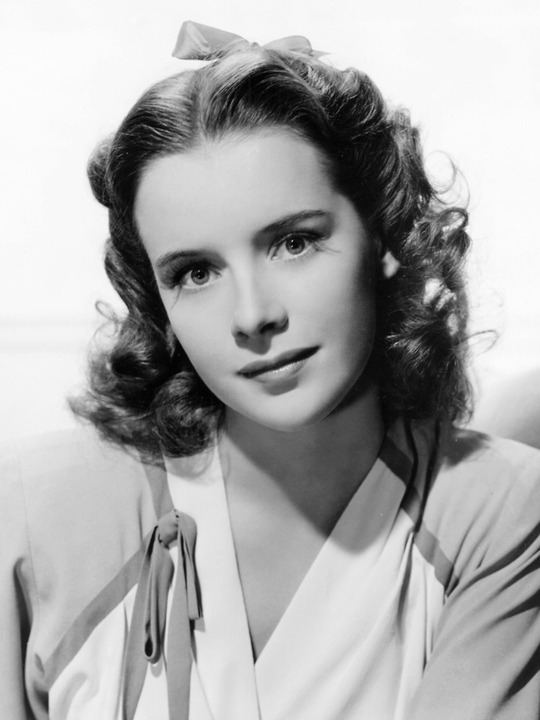 | ||
Full Name Suzanne Carnahan Resting place Forest Lawn Memorial Park, Glendale Education Laird Hall School for GirlsThe LaRue SchoolFlintridge Sacred Heart AcademyHollywood High School Movies Random Harvest, Keep Your Powder Dry, Song of Russia, The Sign of the Ram, Assignment in Brittany Similar People Richard Quine, Mervyn LeRoy, Philip Dorn, Barbara Bushman, George Froeschel | ||
Movie Legends - Susan Peters
Tribute to Susan Peters
Susan Peters (born Suzanne Carnahan; July 3, 1921 – October 23, 1952) was an American film, stage, and television actress. After studying acting with Austrian theatre director Max Reinhardt, she appeared in several uncredited bit parts before earning a minor supporting part in Santa Fe Trail (1940). Her supporting role in Tish led to Peters signing a contract with Metro-Goldwyn-Mayer in 1942.
Contents
- Movie Legends Susan Peters
- Tribute to Susan Peters
- Early life
- Early work and critical success
- Injury and later career
- Personal life
- Death
- Works cited
- Filmography
- References
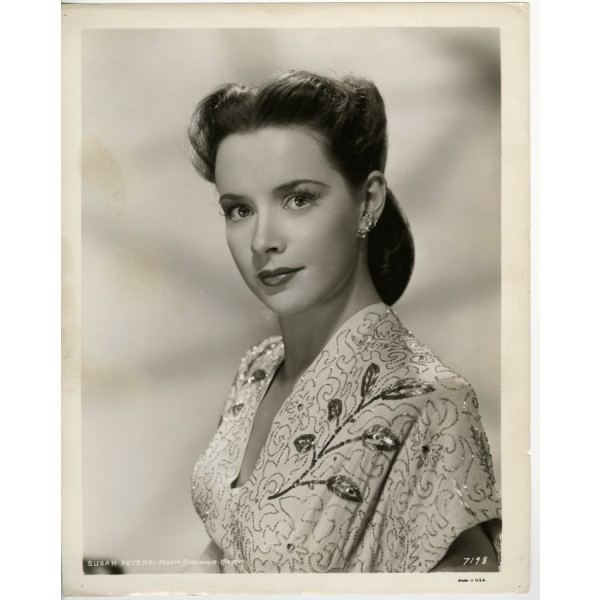
Peters would go on to appear in over twenty films in the following ten years, including starring roles in Young Ideas (1943) and Song of Russia (1944). She also had a supporting role in Random Harvest (1942), for which she was nominated for an Academy Award for Best Supporting Actress.

In 1945, Peters's spinal cord was damaged from an accidental gunshot wound, leaving her permanently paraplegic. She would appear in several stage and film roles after her injury playing disabled characters, including a lead role in the film noir The Sign of the Ram (1948). By 1952, Peters was suffering from clinical depression and had begun starving herself, which combined with her paralysis led to chronic kidney infections and pneumonia. She would die of ensuing health complications that year at age 31.

Early life
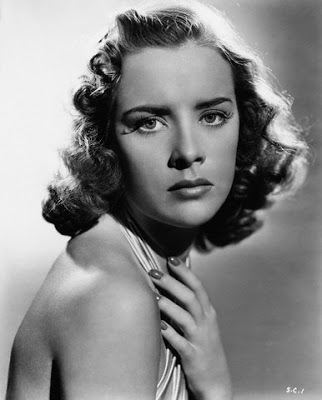
Peters was born Suzanne Carnahan on July 3, 1921 in Spokane, Washington, the elder of two children born to Robert and Abby Carnahan. Her father was a civil engineer of Irish descent while her mother was of French descent. She had one younger brother, Robert Jr., born in 1923. Shortly after her birth, the Carnahan family moved to Portland, Oregon. In 1928, Robert Carnahan was killed in a car accident in Portland, after which the family relocated to Seattle, Washington, and later to Los Angeles to live with Peters' maternal grandmother.

Peters was educated at Laird Hall School for Girls, the LaRue School in Azusa, California, and Flintridge Sacred Heart Academy. During her years in high school, she worked after hours in a Los Angeles department store, earning money to help support her mother siblings. While in her senior year at Hollywood High School, Peters began taking drama classes and signed with an agent. After graduating in June 1939, she won a scholarship to the Max Reinhardt School of Dramatic Arts. While performing in a showcase at the school, she was spotted by a talent scout for Warner Bros. and given a screen test. Warner Bros. signed Peters to a contract.
Early work and critical success
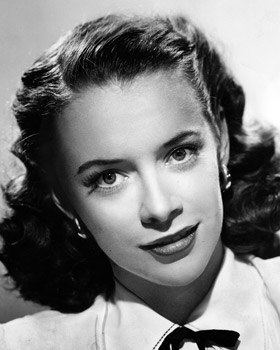
For the first two years of her career, she used her given name of Suzanne Carnahan and played small, often uncredited parts in Warner Bros. films such as Meet John Doe (1941). It was reported in a 1940 Los Angeles Times article that Peters had fainted in front of the camera on the set of Susan and God, her first onscreen appearance. The studio eventually convinced her to change her name to Susan Peters. By 1942, however, Warner Bros. chose not to renew her contract.
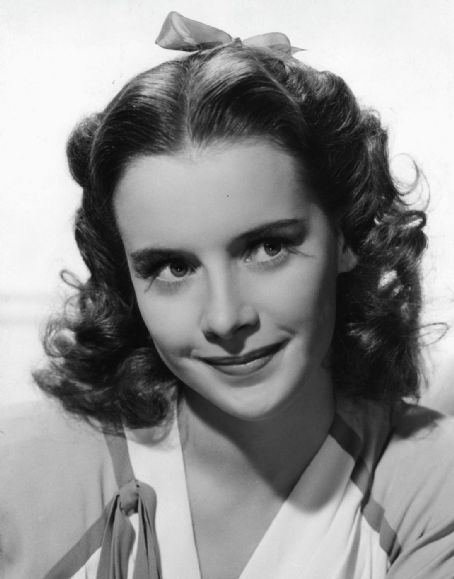
Several months after being dropped by Warner Bros., Peters was contacted by Metro-Goldwyn-Mayer studios to test for a supporting role in the film Tish (1942). She won the role and also signed a contract with MGM. At the time, she was one of the most screen-tested actresses in Hollywood. Her first substantial role, in Random Harvest (1942), earned her an Academy Award nomination for Best Supporting Actress.
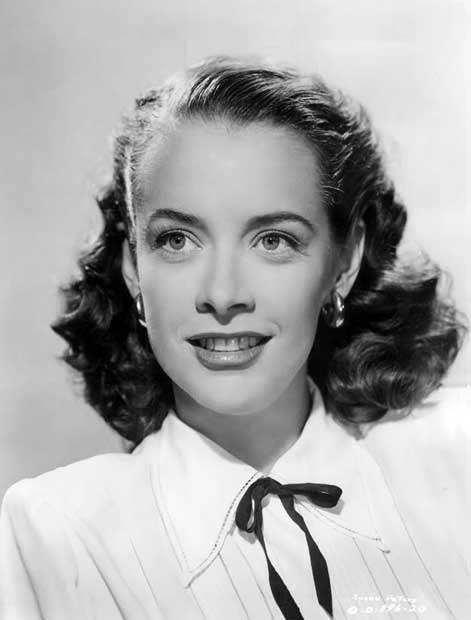
Further impressed, MGM began to groom her for starring roles, casting her in several lesser productions that allowed her to learn her craft. A starring role in Song of Russia (1943) earned her critical acclaim. In 1944 she was one of ten actors who were elevated from "featured player" status to the studio's official "star" category; the others included Esther Williams, Laraine Day, Kathryn Grayson, Van Johnson, Margaret O'Brien, Ginny Simms, Robert Walker, Gene Kelly, and George Murphy. An official portrait taken of MGM's contracted players during this period prominently features Peters sharing the front row with the head of the studio himself, Louis B. Mayer, and alongside such actors as James Stewart, Mickey Rooney, Margaret Sullavan, Katharine Hepburn, Hedy Lamarr, and Greer Garson. In late 1944, Peters filmed Keep Your Powder Dry, a drama co-starring Lana Turner and Laraine Newman.
Injury and later career
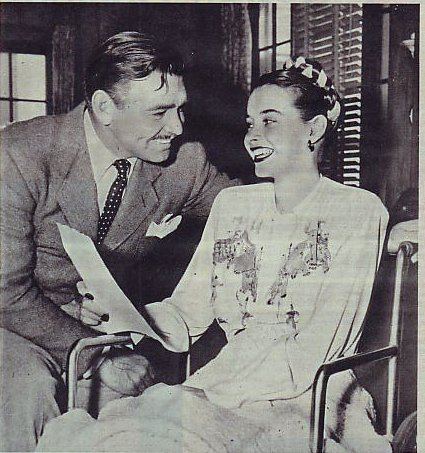
On January 1, 1945, Peters and her husband Richard Quine were duck hunting in the Cuyamaca Mountains near San Diego. At one point during the trip, Peters attempted to reach for a rifle, which accidentally discharged through her abdomen. The bullet damaged her spinal cord, leaving her permanently paralyzed from the waist down, and she was required to use a wheelchair for the rest of her life. Keep Your Powder Dry premiered three months after the incident, on March 8, 1945. Peters's mother, who had maintained a bedside vigil during her stay in the hospital, died nine months later in December 1945, which reportedly left Peters even more distraught.
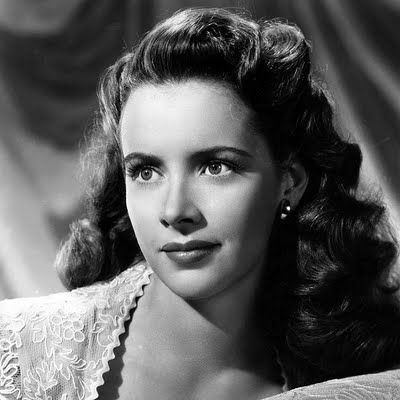
MGM continued to pay her salary and medical expenses, but, unable to find suitable projects, Peters subsequently left the studio. She returned to the screen in the lead role in Columbia's film noir The Sign of the Ram (1948), playing a paraplegic woman who manipulates those around her using her disability. Critic Bosley Crowther of The New York Times gave the film a negative review, writing: "The fortitude of Susan Peters in returning to the screen after a cruelly crippling accident, suffered three years ago, is worthy of a more substantial token of respect than it—and she—receives in The Sign of the Ram, a Columbia picture which came to Loew's State yesterday. And the talents of several other actors of competence who are with her in this film are deserving of fuller protection against embarrassment than any of them get."
In 1949, she was cast as Laura in a touring stage production of The Glass Menagerie (reportedly with blessings from Tennessee Williams) which had its debut June 27, 1949, in Norwich, Connecticut. The play was slightly altered under Williams's supervision in order for Peters to be allowed to perform the part in a wheelchair.
The following year, in 1950, she was cast in a stage production of The Barretts of Wimpole Street, playing the crippled poet Elizabeth Barrett Browning, which earned her positive critical reception among press. Peters' final role was as the title character in the live television drama Miss Susan, in which she played an attorney confined to her chair. The show was canceled after Peters' health began to decline.
Personal life
Peters married actor Richard Quine in 1943. The couple adopted a son, Timothy Richard, in 1946, after Peters' paralysis. They separated in March 1947 with Peters claiming that Quine was cruel and would not speak to her for days at a time. They were divorced in September 1948. Peters was close friends with Lucille Ball, a fellow contract player at MGM.
Death
Following her divorce in 1948 and facing a lack of opportunity as an actress, Peters suffered from chronic depression and began starving herself. It was reported that in August 1952, two months prior to her death, Peters told her physician: "I'm getting awfully tired. I think it possibly would be better if I did die."
On October 23, 1952, Peters died at Memorial Hospital in Visalia, California at the age of 31. Peters's doctor attributed her death to a chronic kidney infection, a complication caused by her paralysis, and bronchial pneumonia. He also noted that her death was hastened by self-induced dehydration and starvation because, in the last few weeks of her life, Peters had "lost interest" in eating and drinking and had lost the will to live. Her funeral was held on October 27 in Glendale, California, after which she was buried at Forest Lawn Memorial Park next to her mother.
For her contribution to motion pictures, Susan Peters has a star on the Hollywood Walk of Fame at 1601 Vine Street.
